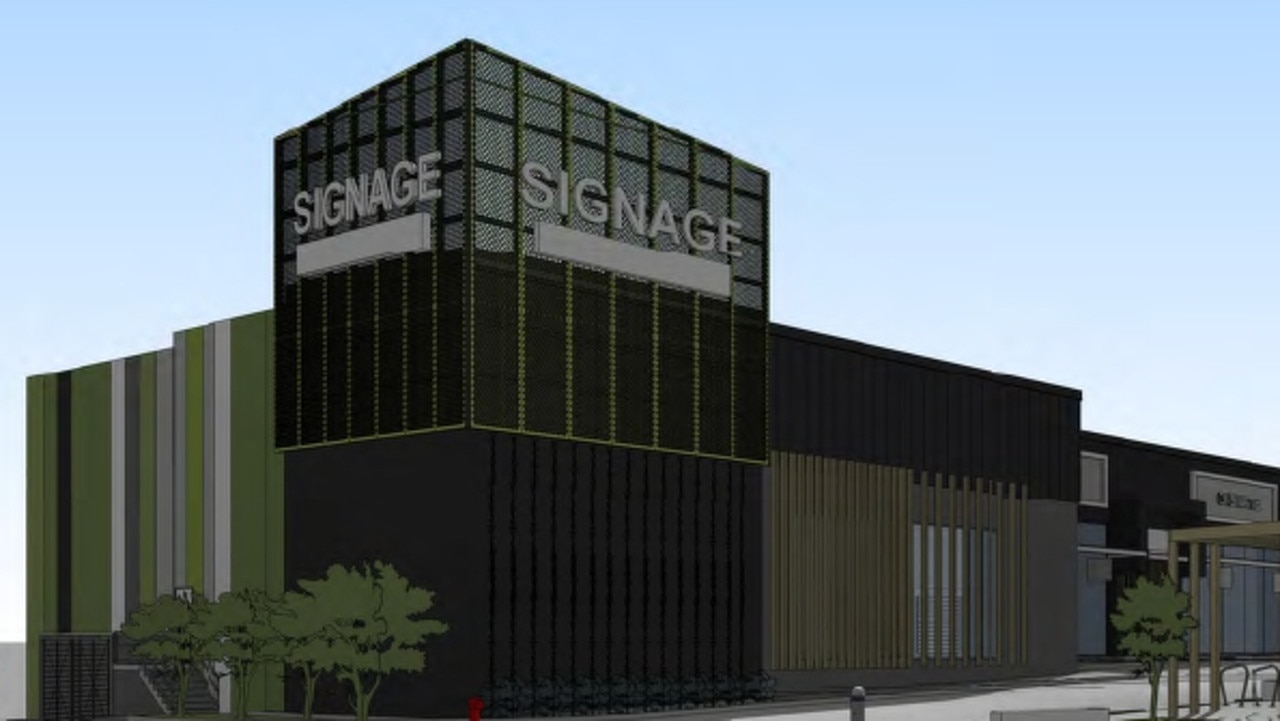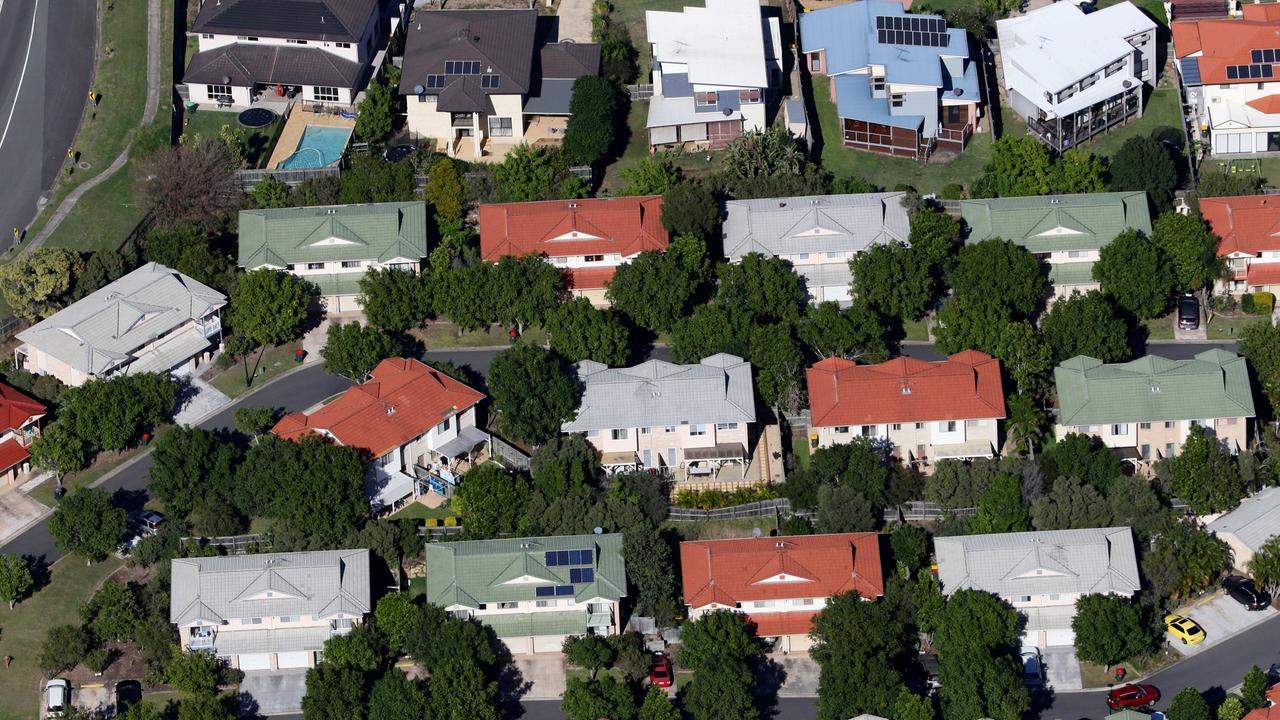Victorian real estate: Property price growth by federal electorate
Regional Victorian electorates dominate the national top 10 for property price growth since the 2019 federal election as housing affordability bites buyers. SEARCH YOUR SEAT.
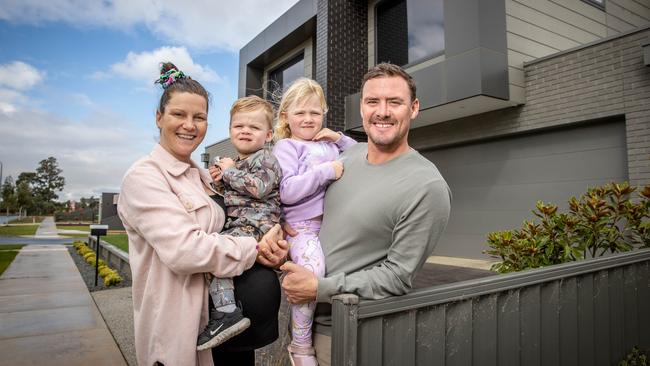
Property
Don't miss out on the headlines from Property. Followed categories will be added to My News.
Regional Victorian electorates dominate the national top 10 for property price growth since the 2019 federal election as housing affordability bites buyers.
Ballarat, Bendigo, Monash and Gippsland have had some of the biggest gains in the country over the past three years — with their median prices surging between 59-64 per cent.
Housing affordability has cemented itself as an issue not just limited to Melbourne in that time, as Covid-19 drove “unprecedented” interest in living in the regions.
PropTrack data provided exclusively to News Corp shows how house and unit prices have performed in every federal seat since Scott Morrison defeated Bill Shorten at the polls.
RELATED: How rental price growth changed in your seat since last election
Every Victorian suburb’s pandemic house price gains
The pandemic and its flow-on effects pumped up prices in regional Victorian seats — and whacked them in the Greens’ only seat of Melbourne, where the unit median gained just 2 per cent.
PropTrack economist Angus Moore said increased ability and desire to work from home, demand for larger homes — which were more affordable in regional areas — and the value placed on amenity like living by the beach or national parks were major drivers.
“Last year, price growth nationally was 23 per cent — the third fastest year of growth in 140 years … even underperforming areas have still grown,” Mr Moore said.
But he said housing affordability must be broken into rental affordability, housing accessibility — saving a deposit — and mortgage serviceability, which was okay with low interest rates.
“What has clearly gotten worse is accessibility, getting that 20 per cent deposit to avoid lender’s mortgage insurance (LMI),” Mr Moore said.
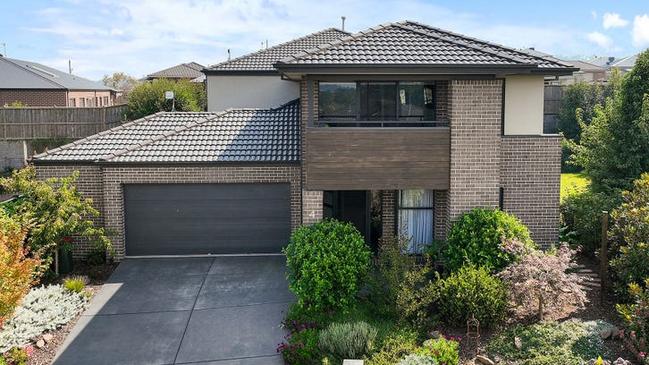
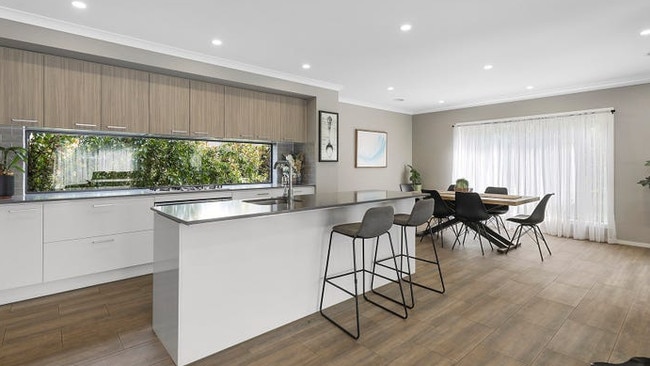
Both sides of federal politics will guarantee the loans of approved first-home buyers with as little as 5 per cent for a deposit to help more get into the market, avoiding LMI.
But economist Saul Eslake said such policies that increased demand and did nothing to address supply only added fuel to the housing affordability fire.
“If you’re in a hole, the first thing you should do is stop digging,” Mr Eslake said.
RELATED: Alarming price for dumps around Melbourne
Where homes only last 11 days on market
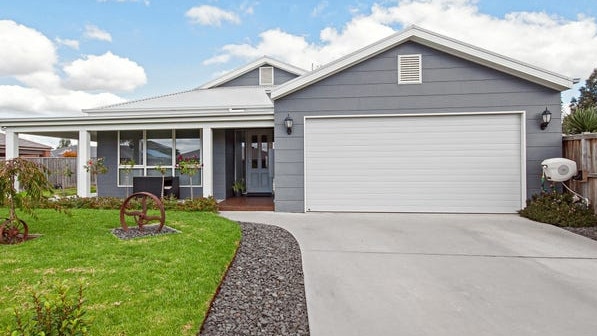
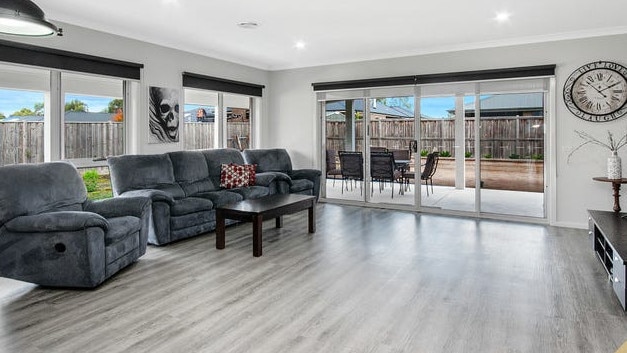
“And in relation to housing affordability and homeownership, we have been digging ourselves into an ever deeper hole for more than 50 years.
“I think we have almost 60 years of unequivocal evidence that anything that allows people to pay more for housing than they otherwise would have, such as first-home owners grants, stamp duty concessions and these crazy schemes that allow people to buy a house with as little as 5 per cent down, results in more expensive housing not more people owning housing.”
He said Labor’s abandoned policy of limiting negative gearing to new housing, which it took to the last election, would have done more for affordability than anything now on the table.
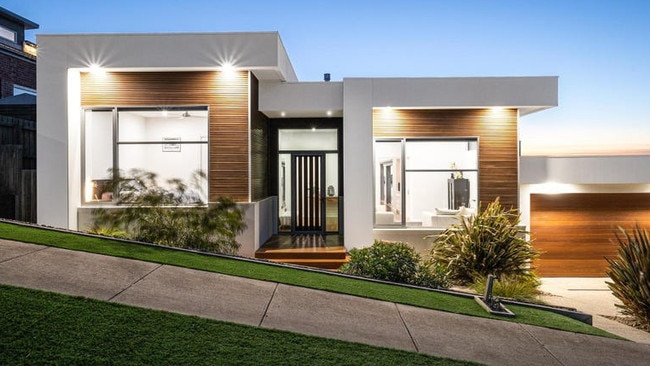
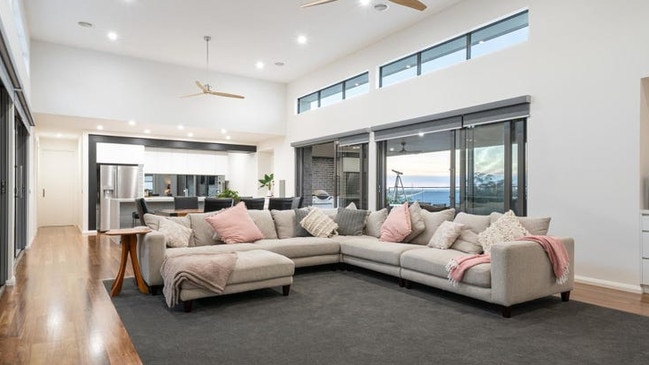
Mr Moore said schemes like guaranteeing first-home buyer deposits “can help in the short term” but the “only long term solution to housing affordability is to build more homes where people want to live”.
Buxton Ballarat director Mark Nunn said the regional centre’s state-topping market “really has jumped”, particularly since Covid hit and drove a wave of decentralisation from Melbourne. “If you look at an average property in Ballarat, most within the past 18 months have risen at least $150,000 or more,” he said.
“It’s been a really significant price jump in a really short period of time.”
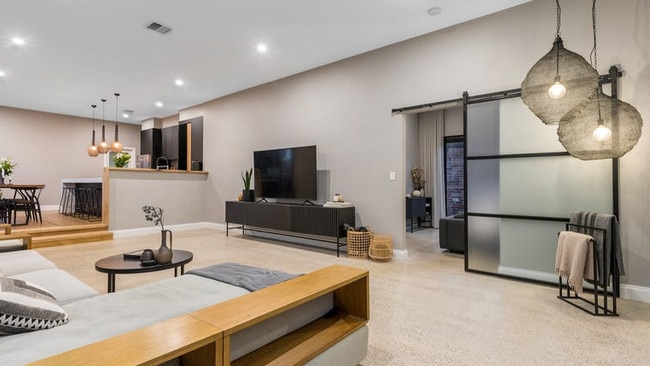
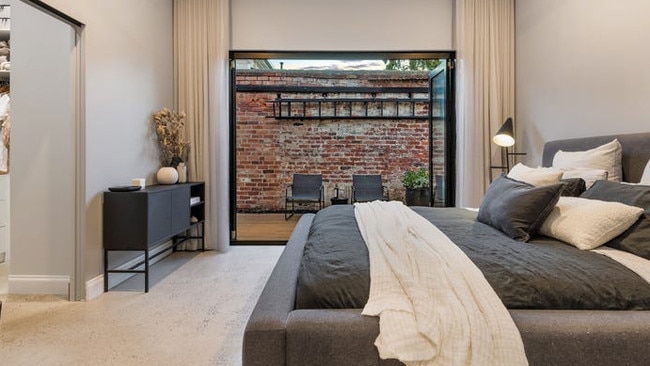
But Ballarat blocks were still available for $250,000-$300,000 so there will still opportunities for young buyers as affordability worsened, and council was unlocking more land.
Building more homes was the key to improving housing affordability, according to Mr Moore, and Mr Eslake said the federal government could assist on the supply side by allocating more money to the states for social housing.
Both economists noted impending interest rate rises as potentially ominous.
Wages have grown at about 2.5 per cent per annum over the past five or six years, Mr Eslake said, as house prices have soared out of reach.
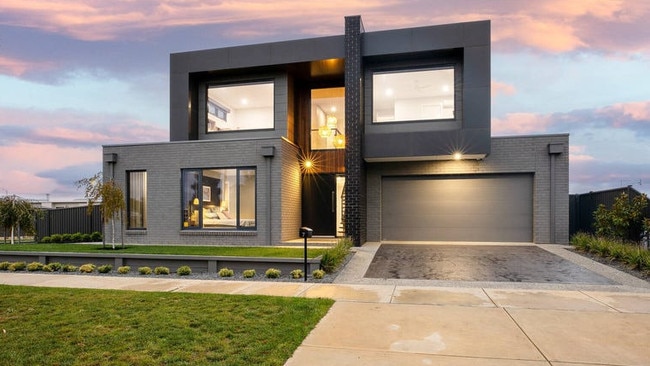
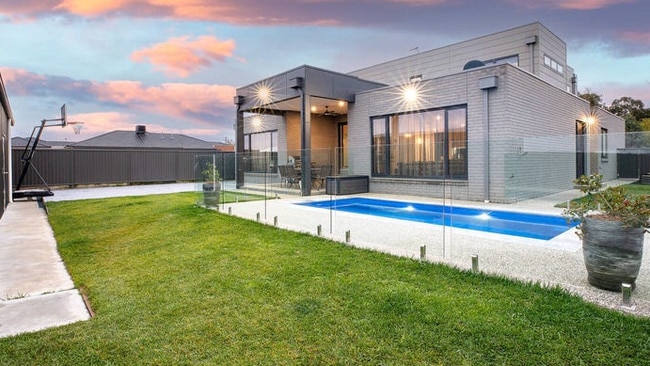
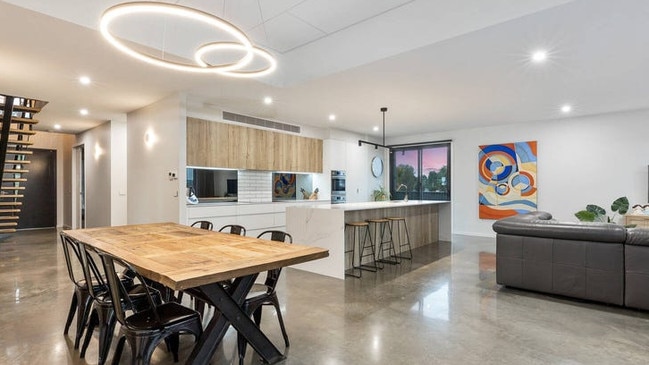
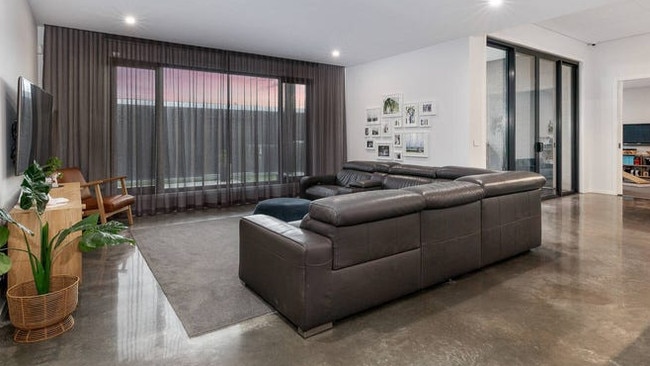
Canstar research found first-home buyers in Melbourne and Victorian regional city centres, where prices are now capped at $800,000 under the First Home Guarantee scheme, would need to earn $135,892 annually as a single and $142,918 for couples.
Canstar editor-at-large and money expert Effie Zahos said buyers should factor in expected higher interest rates when purchasing a home.
“The government may have increased property price caps under the scheme, but this doesn’t necessarily mean borrowers can afford the repayments, especially when you consider the average gross Australian wage is $90,917,” she said.
“The first Reserve Bank cash rate increase is expected to happen in June.”
Mr Eslake was concerned some first-home buyers could find themselves in a “negative equity” situation if they entered the market with a small deposit and prices fell.
He said he would not be surprised if 2021 Census results released this year showed the lowest homeownership rate of people under 35 since the first post-war Census, 1947.
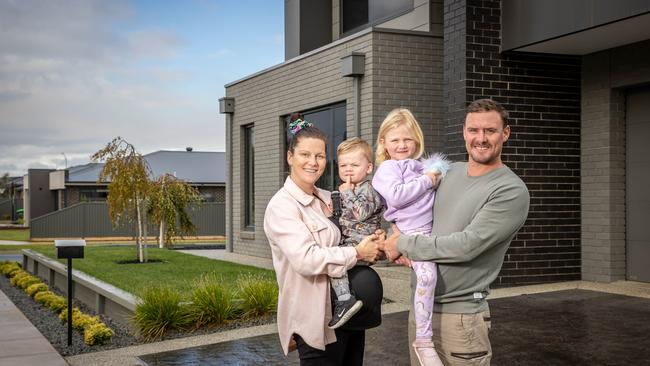
BOOM SET US UP FOR LIFE
Scott and Hana Baker will be set up “for life” after the sale of the Ballarat family home they built and have enjoyed for the past three-and-a-half years.
The four-bedroom, two-storey house at 7 Sullivan St in the suburb of Lucas is on the market for $1.38m-$1.48m through Buxton’s Mark Nunn.
Mr Baker said the family had been working their way “up the ladder” since he bought his first unit about 12 years ago.
“This is probably the big one for us that will allow us to build out long-term home as our next project,” Mr Baker said.
“Certainly after the past 12 months in particular it’s really going to set us up for life hopefully in terms of the extra out of this we probably wouldn’t have if we sold it two years ago.”
He noted Ballarat prices had soared, with a unit next to their previous large family home, sold about four-and-a-half years ago for $550,000, now on the market for more than they sold for.
Mr Baker, a professional builder, said materials shortages were “a real ongoing concern” adding to costs. The same house he built for a client 12 months ago was now being quoted for 20 per cent more — just because of materials.
Victorian top 10 electorates with largest price growth since last election
House
Rank, Electorate, Party, % Price Growth
1. Ballarat, Labor, 64%
2. Monash, Liberal/National, 62%
3. Gippsland, Liberal/National, 60%
4. Bendigo, Labor, 59%
5. Flinders, Liberal/National, 59%
6. Corangamite, Labor, 57%
7. Wannon, Liberal/National, 56%
8. Indi, Independent, 54%
9. Mallee, Liberal/National, 43%
10. Nicholls, Liberal/National, 40%
Unit
Rank, Electorate, Party, % Price Growth
1. Indi, Independent, 43%
2. Wannon, Liberal/National, 43%
3. Mallee, Liberal/National, 40%
4. Bendigo, Labor, 40%
5. Corangamite, Labor, 40%
6. Gippsland, Liberal/National, 39%
7. Ballarat, Labor, 34%
8. Corio, Labor, 33%
9. Monash, Liberal/National, 32%
10. Nicholls, Liberal/National, 32%
Overall
Rank, Electorate, Party, % Price Growth
1. Ballarat, Labor, 61%
2. Monash, Liberal/National, 61%
3. Gippsland, Liberal/National, 59%
4. Bendigo, Labor, 59%
5. Wannon, Liberal/National, 56%
6. Corangamite, Labor, 55%
7. Indi, Independent, 54%
8. Flinders, Liberal/National, 47%
9. Mallee, Labor, 43%
10. Nicholls, Liberal/National, 38%
Victorian bottom 10 electorates by price growth since last election
House
Rank, Electorate, Party, % Price Growth
1. Melbourne, Greens, 15%
2. Hotham, Labor, 21%
3, Gorton. Labor, 21%
4. Gellibrand, Labor, 21%
5. Bruce, Labor, 22%
6. Fraser, Labor, 23%
7. Maribyrnong, Labor, 23%
8. Scullin, Labor, 23%
9. Macnamara, Labor, 25%
10. Lalor, Labor, 27%
Unit
Rank, Electorate, Party, % Price Growth
1. Melbourne, Greens, 2%
2. Higgins, Liberal/National, 5%
3. Kooyong, Liberal/National, 7%
4. Macnamara, Labor, 7%
5. Lalor, Labor, 8%
6. Wills. Labor, 12%
7. Calwell, Labor, 13%
8. Gorton, Labor, 13%
9. Aston, Liberal/National, 14%
10. Gellibrand, Labor, 15%
Overall
Rank, Electorate, Party, % Price Growth
1. Melbourne, Greens, 11%
2. Macnamara, Labor, 12%
3. Higgins, Liberal/National, 13%
4. Wills, Labor, 18%
5. Fraser, Labor, 18%
6. Hotham, Labor, 18%
7. Bruce, Labor, 19%
8. Gellibrand, Labor, 20%
9. Gorton, Labor, 20%
10. Cooper, Labor, 21%
BY PARTY, VICTORIA
Party, Property type, Current median, Median at last election, % growth
Labor, House, $740,000, $565,500, 31%
Liberal/National, House, $735,000, $520,000, 41%
Labor, Unit, $584,000, $500,000, 17%
Liberal/National, Unit, $648,000, $570,000, 14%
Source: PropTrack
Sign up to the Herald Sun Weekly Real Estate Update. Click here to get the latest Victorian property market news delivered direct to your inbox.
MORE: Artist David Bromley draws in potential buyers with Hepburn Springs home sale
Gogglebox stars Wayne and Tom rapt with sale of Point Cook home made famous by the show
Victorian rental minimum standards: Market impact one year on and what’s to come

